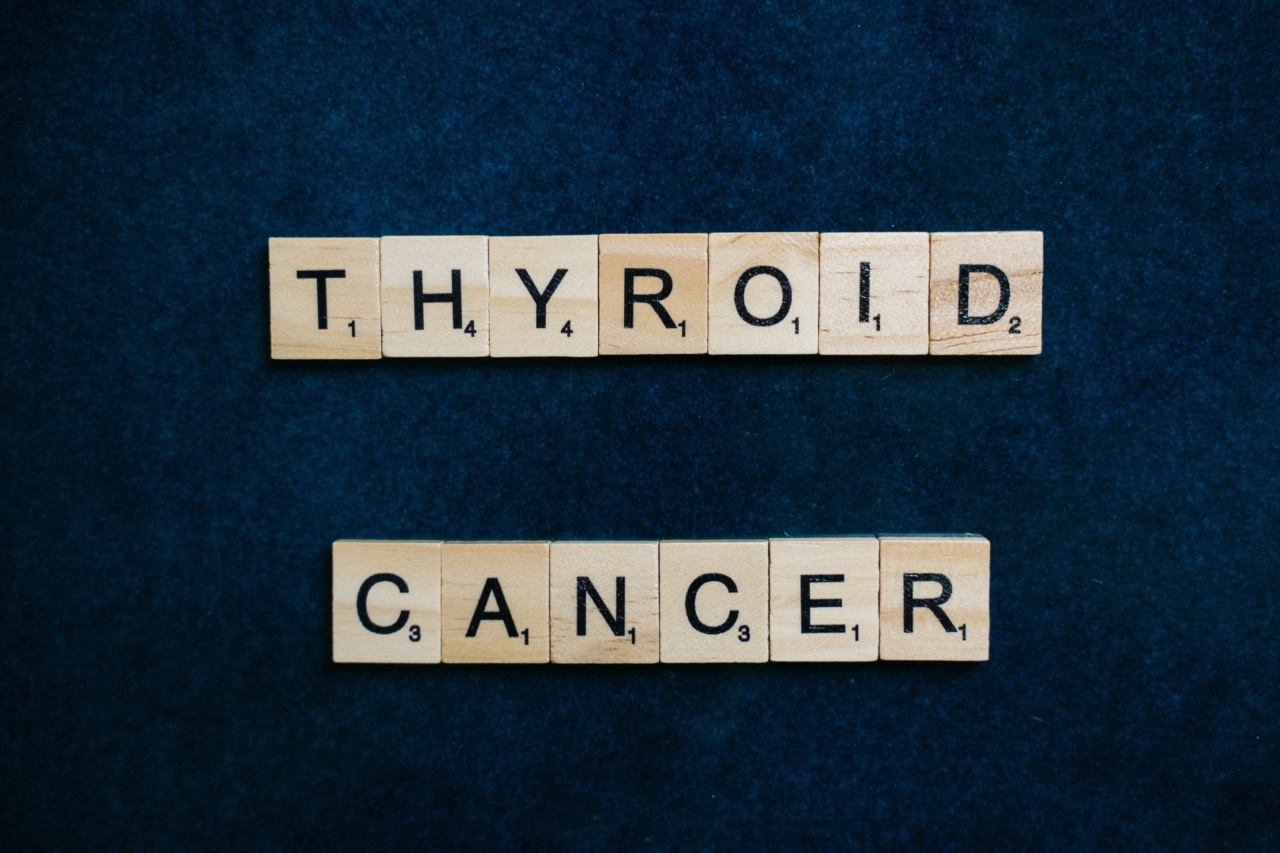Thyroid cancer is a type of cancer that affects the thyroid gland, a small butterfly-shaped gland located at the base of the neck. It is relatively rare compared to other types of cancer, but its incidence has been steadily increasing in recent years.
Research has shown that there may be a link between exposure to certain environmental factors and an increased risk of developing thyroid cancer. One such factor that has been the subject of much discussion is the presence of a specific substance known as 55%.
What is 55%?
55% is a commonly used abbreviation for 55% diethyl-meta-toluamide, which is the chemical name for DEET. DEET is a widely used insect repellent that has been on the market since the 1950s.
It is known for its effectiveness in repelling mosquitoes, ticks, and other insects, making it a must-have for outdoor activities and travel to regions where insect-borne diseases are prevalent. Despite its popularity, DEET has also been a topic of concern due to its potential health effects.
The Potential Link between DEET and Thyroid Cancer
Several studies have suggested a possible link between DEET exposure and an increased risk of developing thyroid cancer.
One study conducted in animals found that exposure to DEET resulted in changes in thyroid hormone levels and abnormal thyroid gland growth. Another study involving human cells grown in the laboratory found that DEET could potentially disrupt the function of certain genes that are known to play a role in thyroid cancer development.
While these studies provide some evidence of a potential link, it is important to note that they were conducted in controlled laboratory settings and may not fully replicate real-life exposure scenarios.
Further research is needed to understand the true extent of the relationship between DEET and thyroid cancer in humans.
Other Factors That Influence Thyroid Cancer Risk
While the potential link between DEET and thyroid cancer is still under investigation, it is crucial to keep in mind that thyroid cancer is a complex disease influenced by various factors. Some established risk factors for thyroid cancer include:.
- Gender: Thyroid cancer is more common in women than in men.
- Age: The risk of developing thyroid cancer increases with age, with most cases diagnosed between the ages of 30 and 60.
- Family history: Having a close relative, such as a parent or sibling, with thyroid cancer increases the risk of developing the disease.
- Radiation exposure: Previous exposure to high levels of radiation, especially during childhood, is a known risk factor for thyroid cancer.
Protective Measures and DEET Alternatives
If you are concerned about the potential link between DEET and thyroid cancer, there are alternative insect repellents available on the market.
Many natural-based repellents utilize essential oils such as citronella, lemongrass, or lavender to repel insects. These alternatives provide protection against mosquitoes and ticks without the potential risks associated with DEET.
Additionally, taking steps to reduce your overall exposure to potential thyroid cancer risk factors can help lower your chances of developing the disease.
These steps include maintaining a healthy weight, ensuring adequate dietary iodine intake, and protecting your neck from direct sunlight and radiation exposure.
The Importance of Further Research
The potential link between DEET and thyroid cancer warrants further research to gain a comprehensive understanding of the issue. It is essential for researchers to conduct large-scale human studies that take into account various confounding factors.
This research will provide more conclusive evidence regarding the association between DEET exposure and thyroid cancer.
Conclusion
While the link between 55% (DEET) and thyroid cancer is still being investigated, it is important to keep the potential risks in perspective.
Thyroid cancer is a multifaceted disease influenced by a combination of genetic, environmental, and lifestyle factors. Taking protective measures to reduce exposure to established risk factors and considering alternative insect repellents can help maintain overall health and well-being.




























